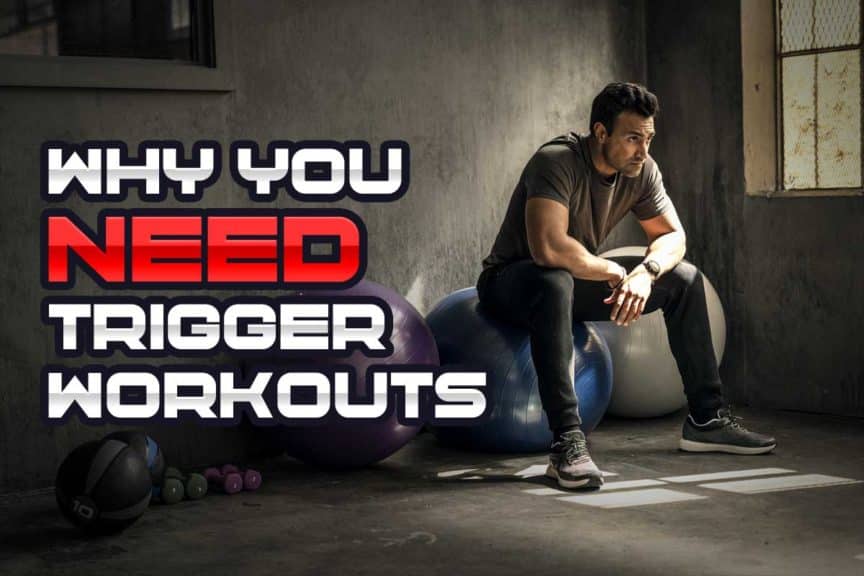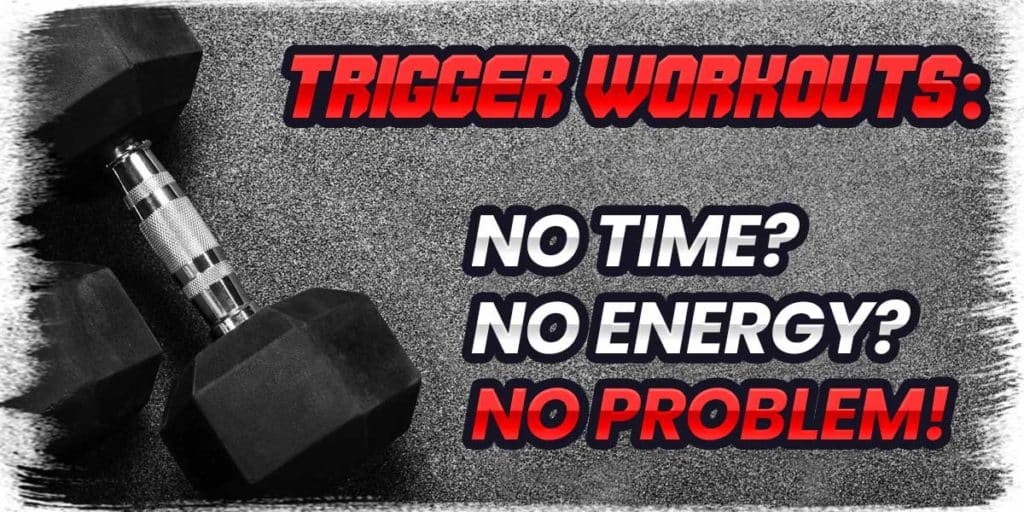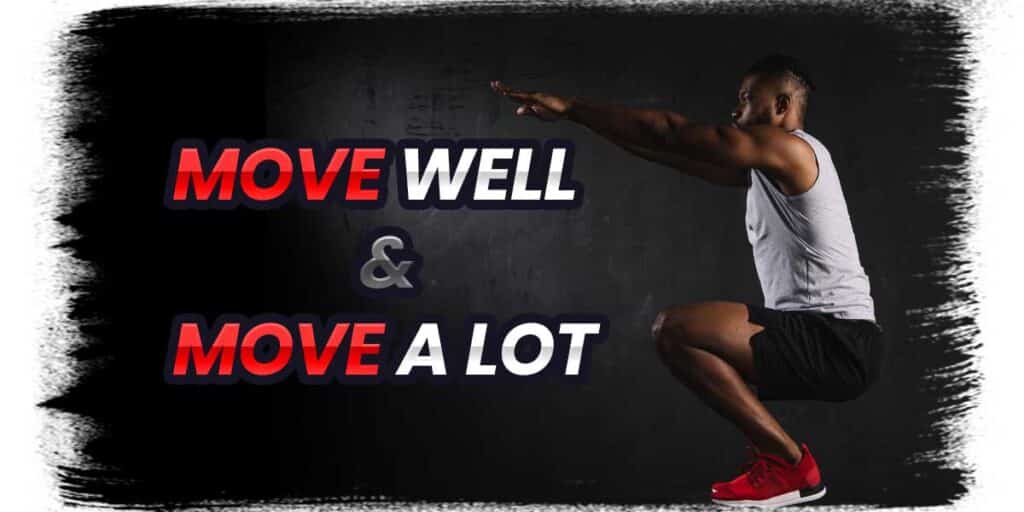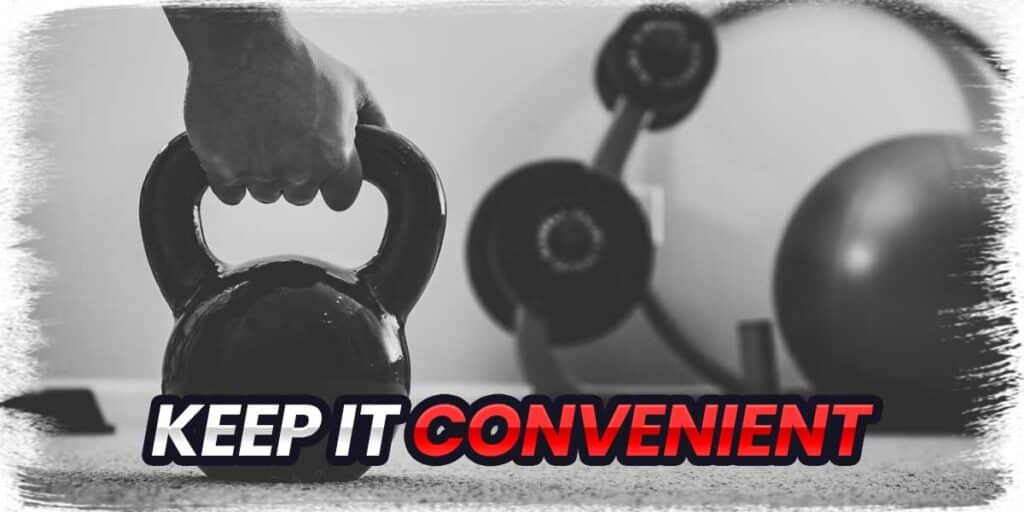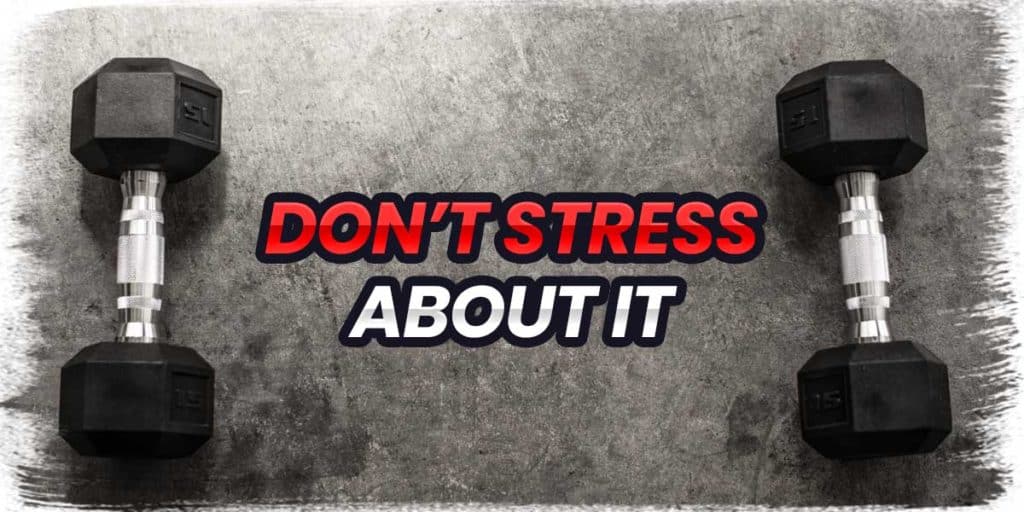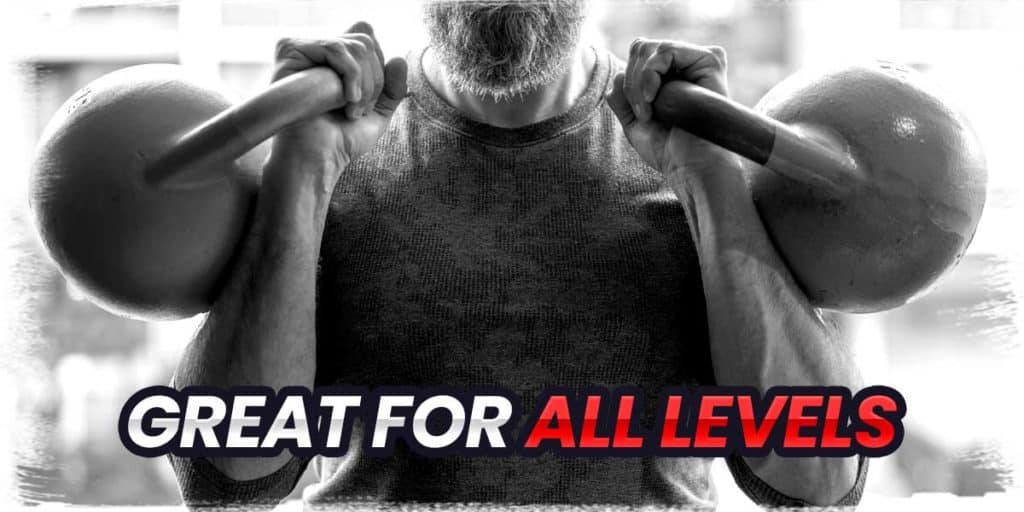The most common reasons why individuals don’t workout or maintain a fitness routine are due to a lack of available time, energy, or negative feelings towards exercising.1,2 If you can relate to either of these issues, trigger workouts can be an absolute game-changer for you and your fitness endeavours. And when it comes to keeping you moving, game-changers are a very good thing.
There are multiple (and exceptionally profound) benefits for what trigger workouts offer and accomplish. These include:
- Utilizing a high frequency of movement
- No significant inconvenience to perform
- They help you avoid all-or-none thinking
- They are great for any fitness level and any fitness goal
A Trigger workout (also known as an intermittent workout or micro-workout) refers to performing a pre-determined exercise (often multiple times per day) whenever a specific event or activity occurs. They are brief and low intensity but performed frequently enough to improve one’s overall health.
If you want to revolutionize your mentality (and your body) when adopting this exercise approach, keep on reading!
(I’ve also included some sample charts of great trigger exercises to try as well.)
ARTICLE OVERVIEW (Quick Links)
Click/tap on any of the following headlines to jump to that section within this article!
• Benefit 1: High-frequency movement
• Benefit 2: Low level of inconvenience
• Benefit 3: Avoids all or none thinking
• Benefit 4: Great for any fitness level
Related article: Getting Inspired to Exercise: Tap into this Game-changing Mindset
Before we dive into a more detailed explanation of what trigger workouts are and the critical benefits they offer, it’s worth noting that this exercise concept has been recently popularized through Precision Nutrition, a company that I can’t say enough good things about. From their free content to their coaching (I have taken their level 1 course), these guys are the best of the best. I genuinely enjoy their education for the general public and those looking to enter the nutrition coaching industry.
Please note: I have an affiliation with Precision Nutrition. Any purchases made through the above link will provide me with a small commission (at no extra cost to you) that I use to help offset the costs associated with running this site.
What are trigger workouts?
Essentially, a trigger workout is a very brief, lower intensity exercise that an individual performs whenever they are “triggered to do so.” The exercise and the trigger are entirely up to what you would like them to be. They can be movements or exercises in line with your training for fitness goals or ones that you perform simply to get a bit more physical activity into your day.
Since the trigger can be whatever you’d like it to be, you can opt for it to be one that is more or less likely to present itself multiple times throughout the day. Whether you choose to perform them with or without any equipment is entirely up to you and will depend on where you suspect you might be when the trigger presents itself.
Here are some sample trigger exercises and triggers to help give you a basic idea of how they work. Keep in mind that the possibilities are absolutely endless and that this is an elementary sampling:
Since you essentially perform these workouts “on the spot,” they’re not meant to be overly intense (you won’t be warmed up before doing them). Instead, they’re meant to be done frequently enough to help achieve some physical benefits due to their repeatedly high frequency rather than intensity.
So now that you know the basics of what trigger workouts are and how they can be set up and performed, we can now look at some of the benefits that await once you start to incorporate them into your daily lifestyle!
Benefit 1: High-frequency movement
The human body is designed to move. Unfortunately, humans are spending more time than ever now in seated and stationary positions. While this creates a myriad of aches and pains stemming from postural dysfunction and static positions, its daily culmination becomes incredibly difficult to counteract, even with typical workouts. This is something that I see and frequently treat in the clinic.
Of course, I’m not saying that traditional hour-long workouts are bad in any way (they’re not). But consider this:
- One single hour of working out (moving) still leaves 23 other hours in the day to sit still or remain motionless.
- Performing one or two single exercises multiple times throughout a single day can help to “keep the wheels greased” by exposing the body to more episodic movements and ranges of motion.
- Short bouts of frequent movement can also help to keep energy levels stable throughout the day.
- More frequent bouts of movement and activity can help with focus and concentration, making work and other tasks more productive.
In an ideal world, you’ll still be able to perform traditional training sessions (i.e., ones that last 30 – 90 minutes) AND perform trigger workouts throughout each day as well. But, sometimes life isn’t ideal.
Related article: Motivate Yourself to Workout at Home: Pro Tips to Get Fired Up
When this is the case, you can still get high-frequency movement in through each day using these trigger workouts. You won’t get the benefits that can come from also doing traditional workouts, but you’ll keep your body moving and still make some great things happen if you do these micro-workouts with enough frequency.
Benefit 2: Low level of inconvenience
One of the most commonly reported reasons why individuals don’t workout is due to a lack of time. For many people, when it comes to traditional workouts, it can indeed be a massive inconvenience to have to drive to the gym, find parking, find a locker in the change room, etc.
Trigger workouts change all of that. By design, they’re not meant to be long, arduous or formal exercise sessions. Instead, they’re super quick, performed on the spot, and don’t require specialized equipment. Sure, you can use equipment if you’d like (or have access to it), but it’s not necessary.
Here’s why the inconvenience is so low:
- You can perform your trigger workout “on the spot” depending on the exercise rather than needing to go to the gym or other dedicated fitness area.
- You can opt to use equipment or no equipment based on your personal preferences or what you have access to. No need to go to the gym.
- They don’t have to be performed at a set point in time throughout the day.
- You don’t have to carve out an hour (or longer) block of time in your schedule to get a trigger workout done.
Benefit 3: Not psychologically overwhelming
Nothing’s worse than knowing you really should do your workout but refrain from doing so due to feeling overwhelmed by time or energy constraints.
It often seems that we don’t perform our regular workout due to the overwhelming thought of the time or amount of effort we feel it may take. When you’re running low on energy, it can be downright brutal to find it within yourself to get a high-intensity forty-five-minute workout done.
The problem with this style of thought is that it leads to “all or none thinking,” a type of mindset where we feel that if we can’t do an entire workout, then there’s no benefit to doing any of it at all.
When we present ourselves with the options of either performing a full workout or nothing at all, it can feel like a burden; one that’s overwhelming from a mental or psychological perspective.
If you struggle with your workout consistently, you likely know the feeling — the second you think about the required time and effort it will take to go to the gym and do your workout, you feel a heavy mental weight placed upon you.
Craig Weller talks about this phenomenon quite well in a similar post over at Precision Nutrition.
How trigger workouts remove psychological overload
Taking a physically demanding session such as a long, arduous workout and breaking it down into smaller, more frequent movements and exercises throughout the day can be a powerful shift for those who struggle to perform more traditional workouts.
Instead of one’s thought being, “how am I going to find the energy to do my hour-long workout tonight?” Their thought instead becomes, “Ok, I’ve got fifteen bodyweight squats that I have to do right now. That’s it. I’ll be done after that!”
And it’s this sort of mental shift that helps to create behavioural change in how we perceive exercise and physical movement.
It’s no longer psychologically overwhelming but actually rather enjoyable to know that you only need to accomplish a handful of repetitions for a given “session.” And after they’re completed, it can provide a sense of empowerment when it comes to feeling that we have a way to move forward in our physical pursuits while avoiding the “psychological overwhelm” we may sometimes feel when trying to tackle big workouts.
Benefit 4: Great for any fitness level
Whether you’re a beginner or a pro with your health and fitness endeavours, trigger workouts are for everyone.
Since trigger workouts aren’t meant to be overly demanding or require prolonged, strenuous exertion, they tend to lend themselves quite nicely to individuals of all fitness levels and experience.
Sure, if you’re in relatively good physical condition and want to perform your trigger exercise with a bit more intensity, go right ahead. But even an individual who just needs to essentially start moving more while gaining a little bit of added confidence throughout the process will reap the physical and mental rewards for moving and challenging their body a little bit more.
Related article: Nine Ways to Make Lunges WAY Harder Without Adding ANY Weight
Final thoughts
Trigger workouts take away all of the common reasons individuals struggle to workout in consistent and sustainable pursuits. They require a different mindset with physical training, and that particular mindset is much more friendly to those struggling to stick with their fitness regimens.
It doesn’t make a whole lot of sense NOT to incorporate some form of trigger workouts or intermittent exercise into your daily regimen; the process is simple: pick your trigger(s), pick your exercise(s), perform with a level of intensity or effort that feels best for you.
By moving more frequently throughout each day with these little micro-workouts, you can reap some significant rewards when it comes to your health, wellness and physique.
References:

Hi! I’m Jim Wittstrom, PT, DPT, CSCS, Pn1.
I am a physical therapist who is passionate about all things pertaining to strength & conditioning, human movement, injury prevention and rehabilitation. I created StrengthResurgence.com in order to help others become stronger and healthier. I also love helping aspiring students and therapists fulfill their dreams of becoming successful in school and within their clinical PT practice. Thanks for checking out my site!

